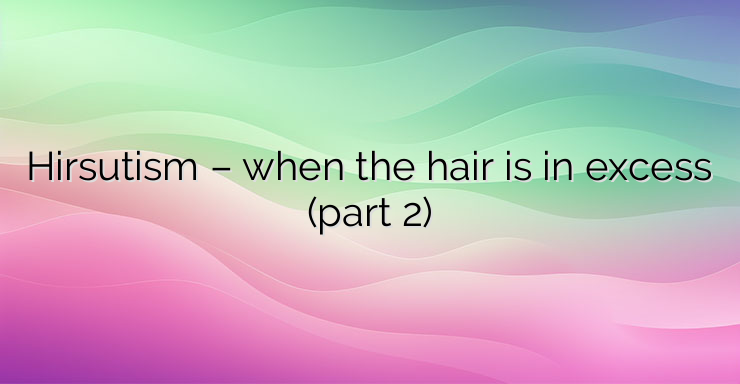Hey there! Let’s dive into understanding hirsutism and its causes. When hair follicles become more sensitive to male hormones, it leads to changes like coarse hair growth, especially in areas like the upper lip, chin, chest, and back. This sensitivity is often genetic and irreversible. Along with increased hair growth, you might also notice oily skin and acne due to heightened male hormone levels.
Some medical conditions can also trigger hirsutism. Non-classic adrenal hyperplasia, for instance, involves the adrenal glands producing too many androgens, causing both excess hair growth and menstrual irregularities. Then there’s HAIR-AN syndrome, where insulin resistance leads to elevated insulin levels, prompting the ovaries to produce more androgens. This can result in darkened skin patches and hirsutism.
Cushing’s syndrome, characterized by excess cortisol production, can also cause hirsutism along with symptoms like obesity and irregular periods. Ovarian and adrenal tumors, as well as menopause, where estrogen levels drop but androgens remain, are also culprits.
Certain medications, like anabolic steroids, can mimic male hormones and increase hair growth. Even idiopathic hirsutism, where the cause is unclear, can occur due to abnormal follicle sensitivity.
Diagnosing hirsutism involves tests for hormone levels and imaging studies. A dermatologist or gynecologist typically handles this.
Now, onto treatment! It varies, but often includes oral contraceptives, hormone blockers, or cosmetic procedures like hair removal via waxing, creams, electrolysis, or laser treatments.
Understanding the causes and treatment options can help individuals manage hirsutism effectively and regain confidence in their appearance.


Leave a Reply